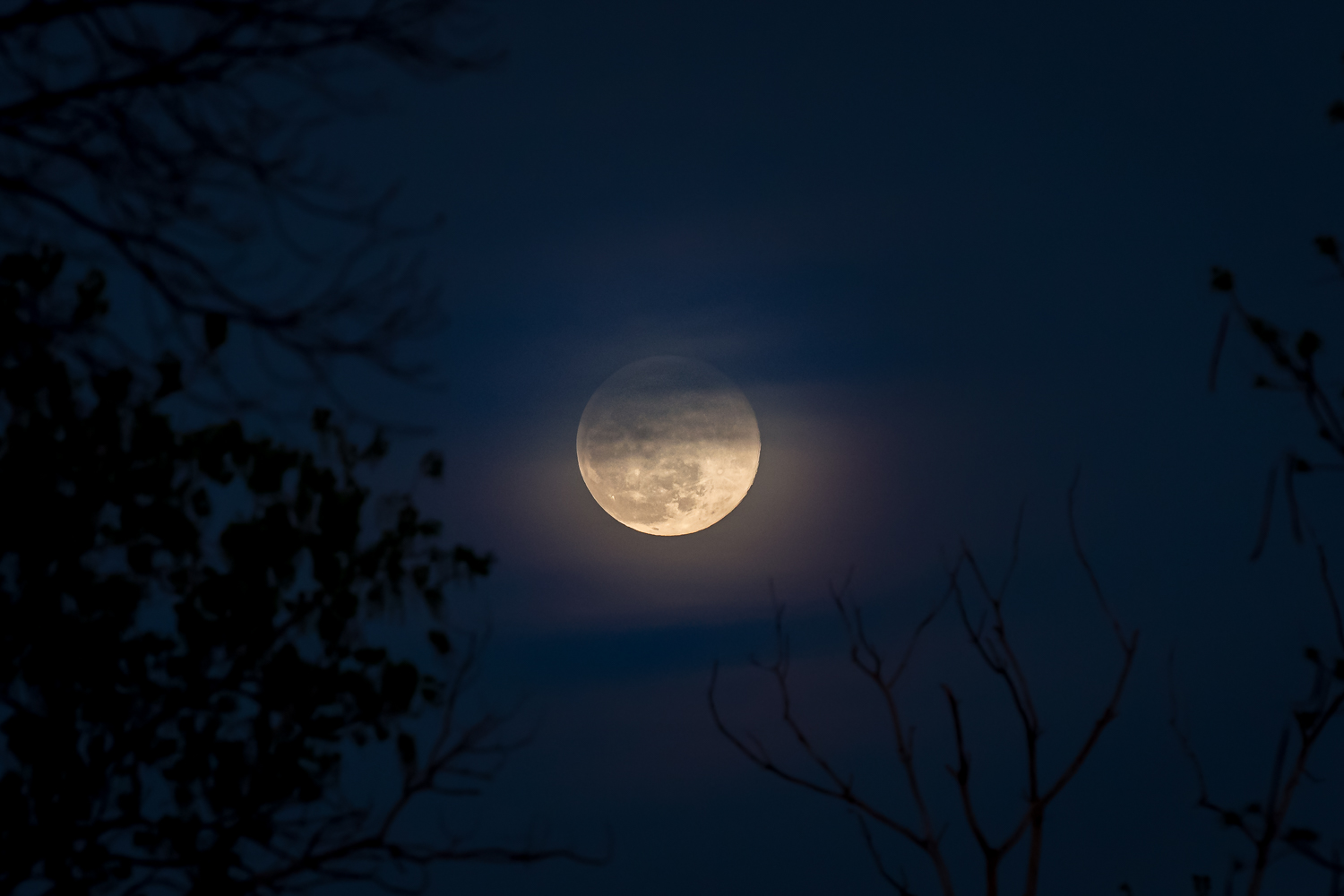Speaking of moon shots, my camera has a feature that will allow you to get a shot with 400 megapixels. It's only a 45MP sensor, but somehow this camera uses the internal image stabilization and will take one shot, move the sensor slightly, take another shot, move the sensor, take another, etc., until it has taken 9 shots at ever so slightly different sensor position. Then it stitches all the images together to give you a final image with ultra high resolution an d much less noise.
The only hitch is, the subject must be stationary or it will result in a crappy blurry image. Since the moon is movie, I want to try using my StarGuider pro tracker to track the moon and try to get a 400 MP image of the moon. With the tracker set to track the moon, the moon will appear relatively stationary, so in theory it should work. The question will be how good is my tracker.









 Hi Guest!
Hi Guest!

 smilie in place of the real @
smilie in place of the real @
 Pretty Please - add it to our Events forum(s) and add to the calendar! >>
Pretty Please - add it to our Events forum(s) and add to the calendar! >> 





